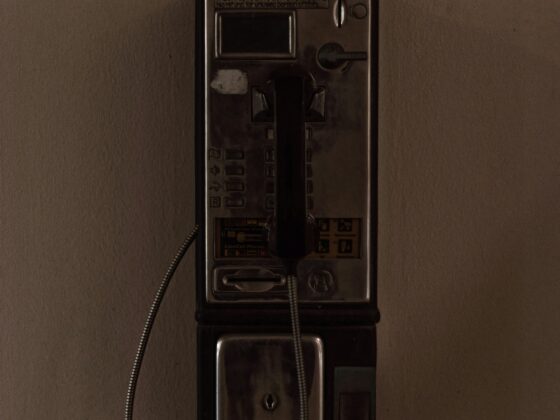
Daylight saving time has officially begun, marking the start of longer days, better weather, and springing clocks forward. After a long and cold winter (for many), restaurants are attempting to pull themselves out of a reservation deficit and increase diner traffic however they can. Heading into the spring and summer months, diners will be eager to take advantage of the extra daylight, offering a chance for restaurants to secure additional reservations and meet diners’ desires for the perfect after work or happy hour spot. The arrival of spring signals the end of hibernation for many frequent diners each year, as Lightspeed data shows a 13% rise in transactions in the weeks after daylight saving time begins compared to the two weeks before.
With this promising opportunity on the horizon, restaurants must refine their internal systems to prepare for the influx of new diners and stay ahead of the competition. This includes streamlining workflows, enhancing front and back-of-house staff communication, and utilizing innovative POS technologies to improve overall operations. Although diners are excited about the increased daylight, restaurants are even more thrilled about the opportunity to explore new tools and enhance the dining experience. When the days get longer, and the weather takes an upturn, diners come out of restaurant hibernation and look for the best spots to shake off the cobwebs.
So, how can restaurants rise to the occasion?
It starts from within
Anytime a restaurant welcomes a guest to dine with them, they should always aim to make the guest’s experience memorable and leave them wanting more. During busier dining periods – like after daylight saving time – ensuring a consistently optimal guest experience is crucial. This starts with answering the question of what diners are looking for. The obvious answers are comfortable outdoor seating, fun and seasonal menu specials, an attractive ambiance; but most of all, diners want to feel like they are getting a good value (with money, time, and overall experience considered). For restaurants, this means cultivating the perfect guest experience every single time. The key to doing so is internal coordination and sailing as smooth of a ship as possible.
Optimizing and streamlining internal processes, workflows, and communication are foundational starting points to prepare for the upcoming busy months of service. To do so, restaurants must prioritize staff coordination, reservation management, and front/back-of-house operations, all playing a significant role in designing the perfect dining experience. A point-of-sale (POS) system often holds the keys to unlocking this level of efficiency and operation. A quality POS system enhances how a restaurant runs – from streamlined and efficient order processing to fine-tuned experience management, such as meal timing and tempo. Refining a standardized and optimized customer experience proves to be even more important when entering busier dining seasons so as not to compromise the guest experience when stress tested. Having the proper technological infrastructure will help to alleviate operational stress on the staff and to foster better communication between the front-of-house and back-of-house teams.
Smooth reservation and time management processes are paramount during periods of increased bookings. A proper technological add-on to reservation management systems like POS software helps to better track reservation numbers, assign tables efficiently, and also collect data to help predict peak dining days/times – ensuring an efficient and stress-free experience for both guests and employees.







